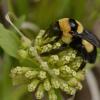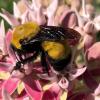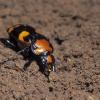A crucial step towards protecting invertebrates is to identify the species in greatest need of conservation attention—a process that requires the methodical collection of data, and then spreading the word to raise awareness about their plights. To that end, we are producing detailed species profiles for a variety of invertebrate groups, which can be found here. Click on a species group below to begin learning about the vital creatures that Xerces is working to protect!
PLEASE NOTE: While the profiles provided are the most current that we have, in some cases, they were completed a number of years ago. Please contact [email protected] with any questions.
A Note on the Profiles
Some of these profiles were created by Xerces staff specifically to share our own data with other scientists, researchers, and the public; others were originally completed for the IUCN Red List; and some were created for specific projects and reproduced here. In the latter category, many species profiles were created in partnership with the Bureau of Land Management (BLM) and the US Forest Service’s Interagency Special Status/Sensitive Species Program (ISSSSP) to gather information and assess the status of many sensitive and potentially at-risk invertebrates. To date, Xerces’ staff have gathered extensive information on over 170 Pacific Northwest invertebrates, facilitating the prioritization of inventory, research, and monitoring for these animals. In addition, we have conducted surveys to understand the distribution and conservation status of many species in Oregon and Washington, developed site-specific management plans, and completed a literature review summarizing the effects of logging, road building, and burning on snails and slugs. Xerces also uses this information to train agency biologists to monitor and manage for these at-risk species, and provides invertebrate identification services and other technical guidance to facilitate at-risk species conservation.

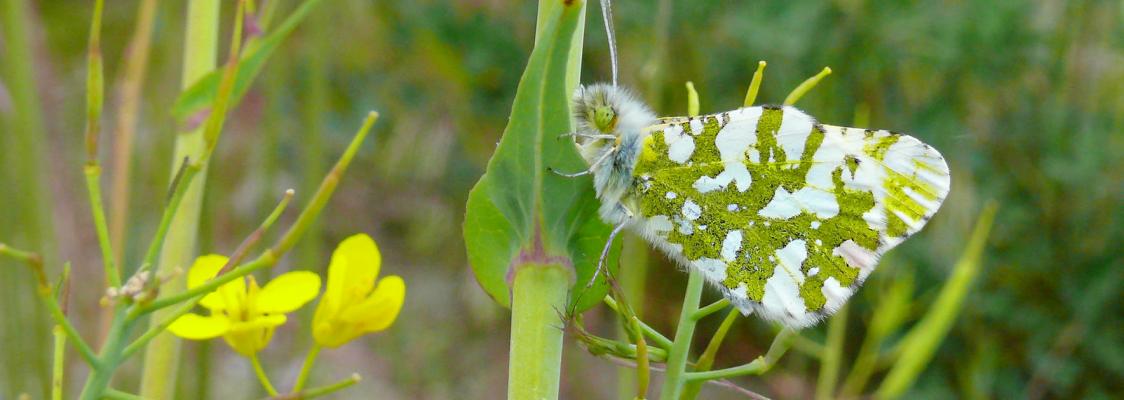
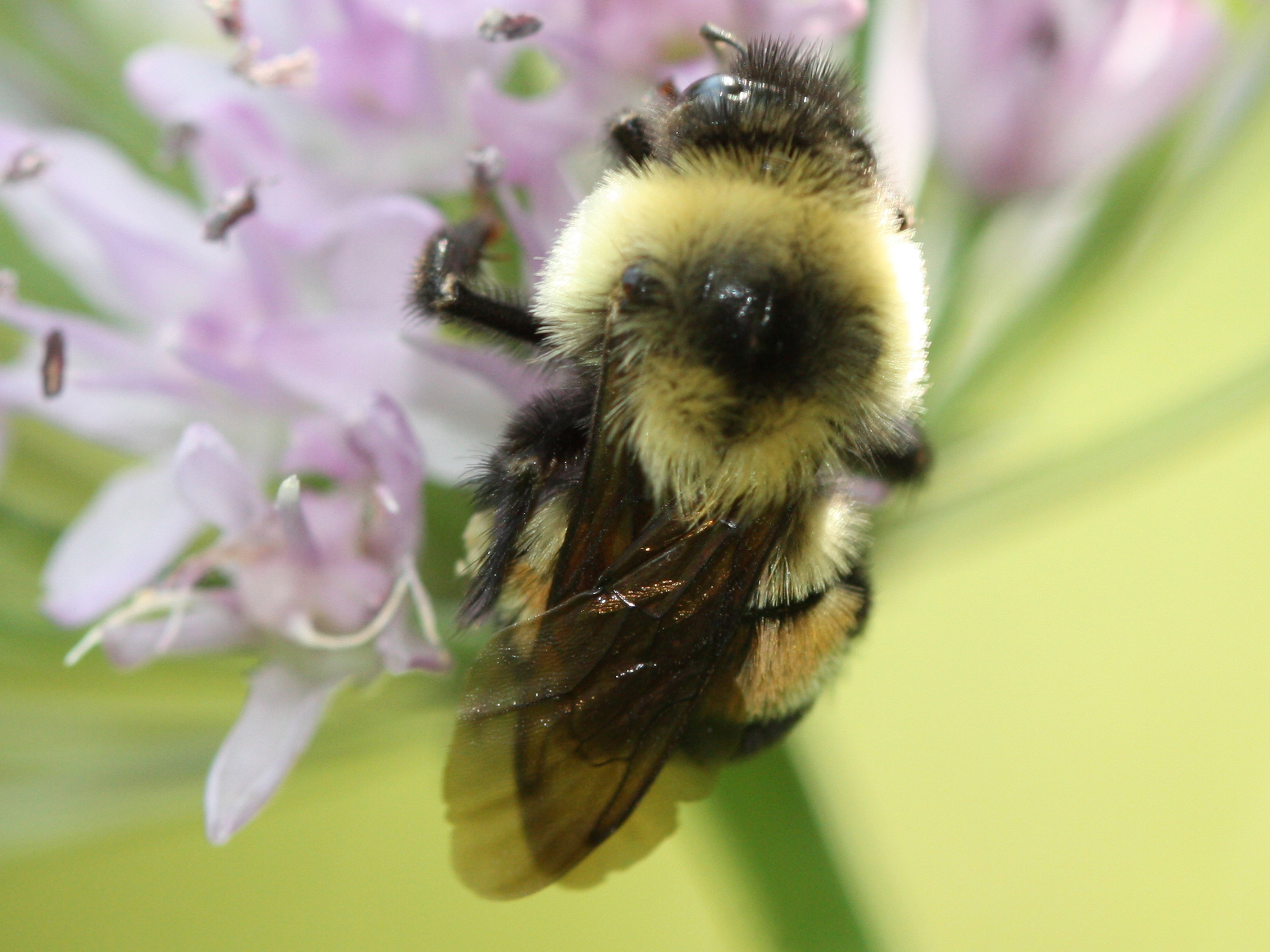

%20edited%20tile.jpg)

